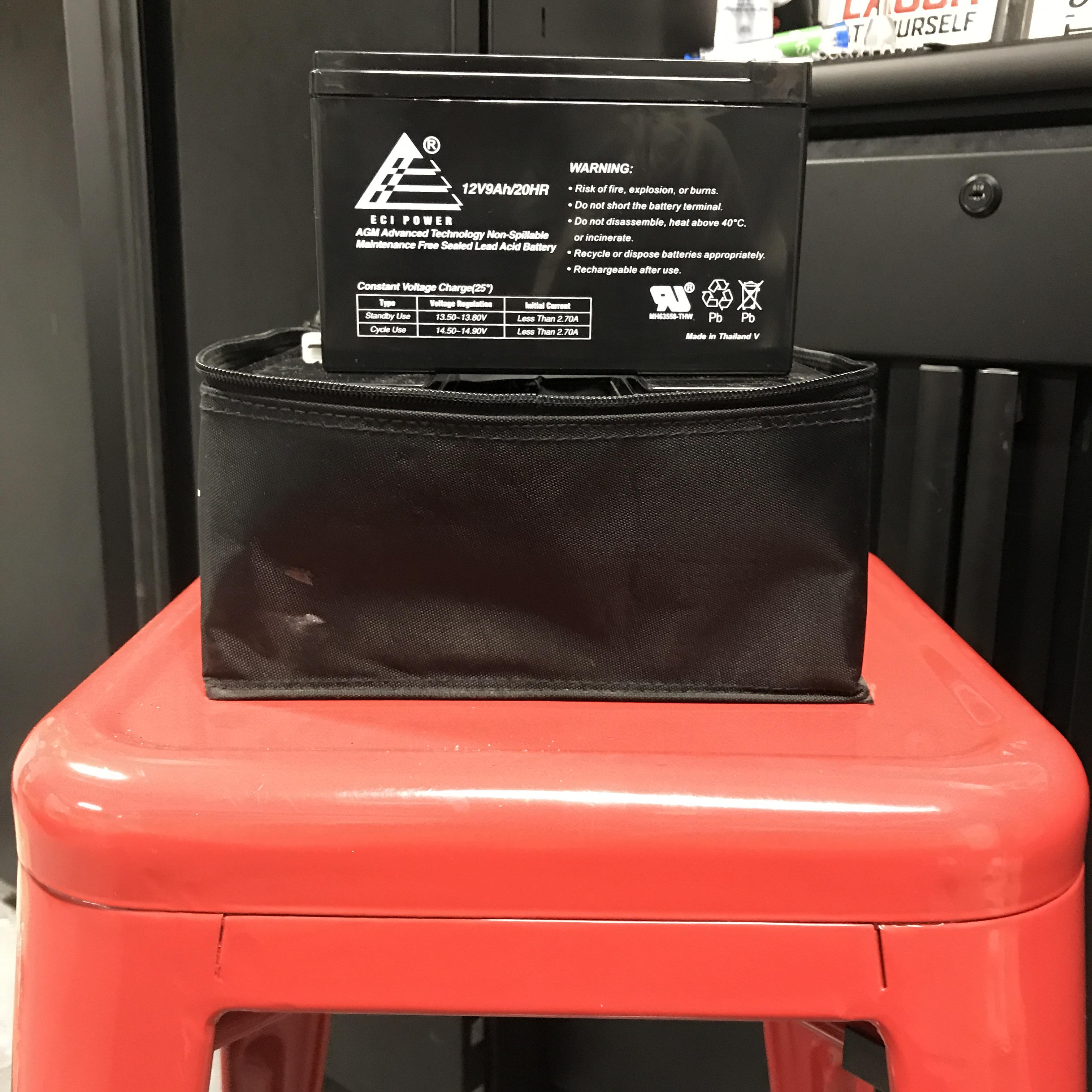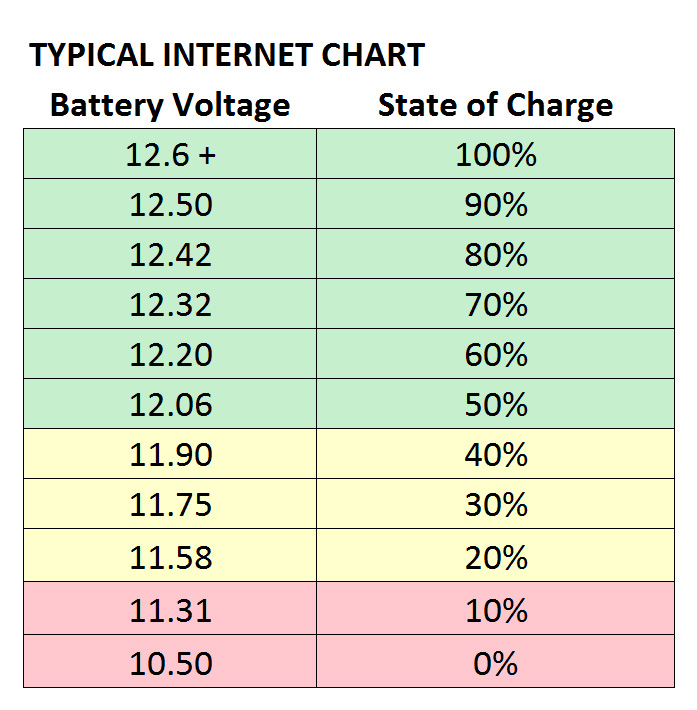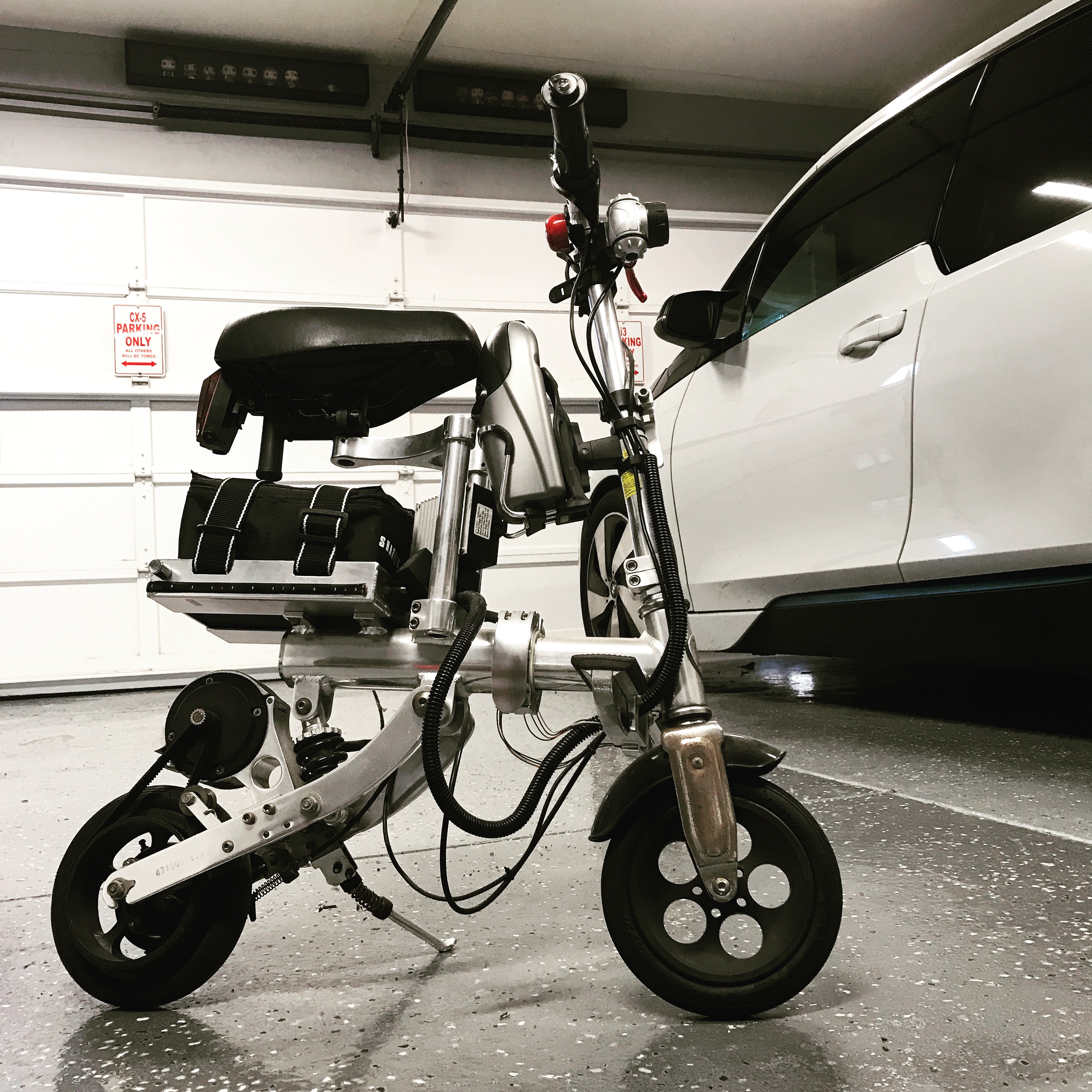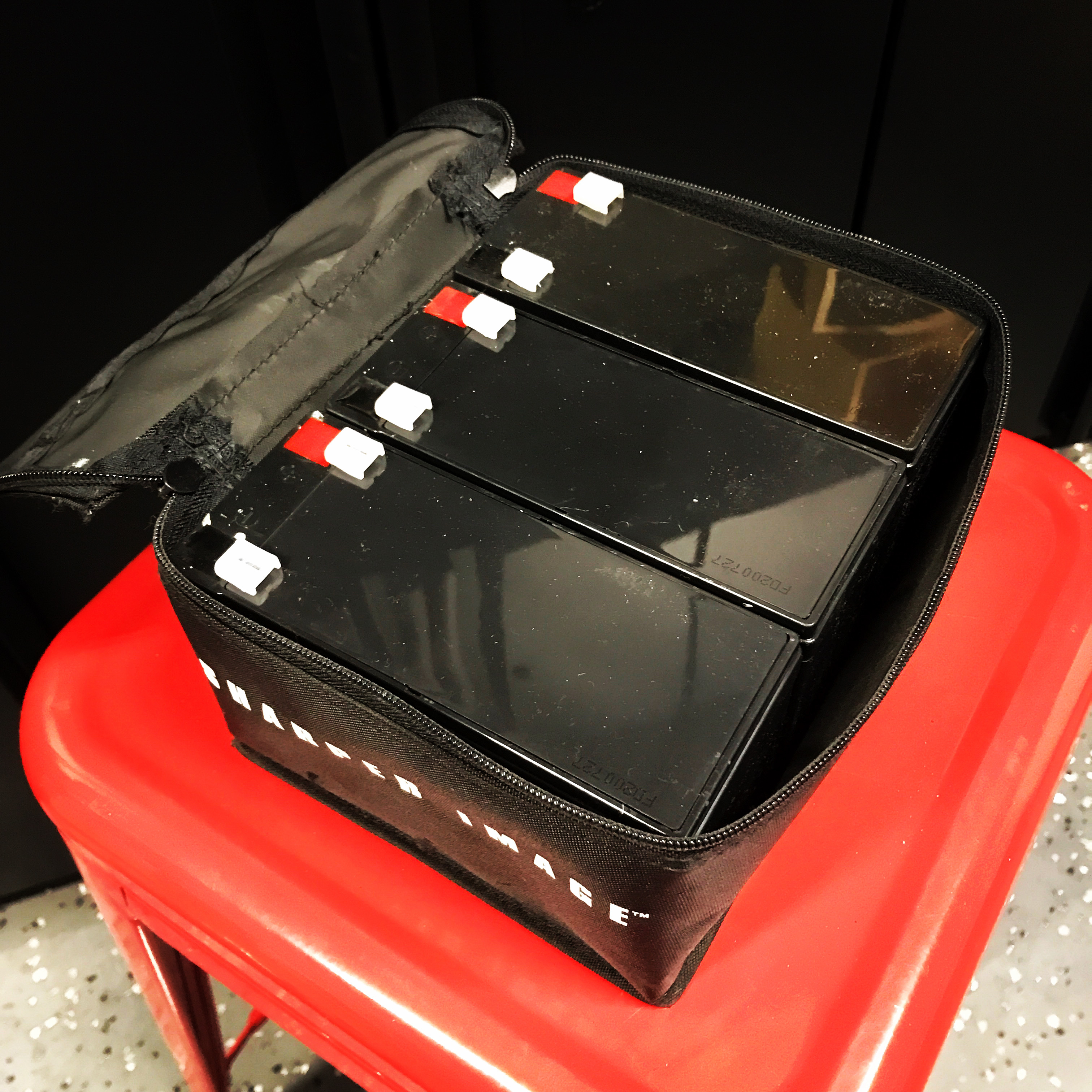kmxtornado
10 kW
Here comes the newb questions.
1. I'll try to answer it myself and hoping you guys can tell me if I'm right or wrong. My concern is that I have no clue when my battery is done charging. My understanding is that I can take a volt meter to it and when it reads 14.50-14.90v, then it's done, correct? My guess is that for this particular battery which reads:
Standby Use
Voltage Regulation 13.50-13.80V
Cycle Use
Voltage Regulation 14.50-14.90V

This means that at rest (standby), the 12v battery should read anywhere between 13.50-13.80v when fully charged?
This means that while while checking with a volt meter to the battery while it is being charged, that it should read between 14.50-14.90 when fully charged?
This nominal and actual stuff is confusing me. It's pretty clear for me with LiPo's. 3.7v nominal = 4.20v actual or 4.35v for LiHV's and storage charge is 3.8v and 3.85v respectively. But with SLA, there seems to be such a huge range. I did my own research before bothering you guys with this, but I kept seeing huge ranges of what a fully charged 12v battery really should be. Some sources say 14v while others say 14.1 and others, 12.6v which has me super confused. Can someone please shed some light on this and educate a newb?
2. And how far can I discharge a SLA before it becomes unhealthy for the battery? I've read not to go below 12.06v and definitely not 11.0v. Once it's at 10.90v it's toast and need replacement? But what is ideal for balance of objectivity of the battery while maintaining range?

1. I'll try to answer it myself and hoping you guys can tell me if I'm right or wrong. My concern is that I have no clue when my battery is done charging. My understanding is that I can take a volt meter to it and when it reads 14.50-14.90v, then it's done, correct? My guess is that for this particular battery which reads:
Standby Use
Voltage Regulation 13.50-13.80V
Cycle Use
Voltage Regulation 14.50-14.90V

This means that at rest (standby), the 12v battery should read anywhere between 13.50-13.80v when fully charged?
This means that while while checking with a volt meter to the battery while it is being charged, that it should read between 14.50-14.90 when fully charged?
This nominal and actual stuff is confusing me. It's pretty clear for me with LiPo's. 3.7v nominal = 4.20v actual or 4.35v for LiHV's and storage charge is 3.8v and 3.85v respectively. But with SLA, there seems to be such a huge range. I did my own research before bothering you guys with this, but I kept seeing huge ranges of what a fully charged 12v battery really should be. Some sources say 14v while others say 14.1 and others, 12.6v which has me super confused. Can someone please shed some light on this and educate a newb?
2. And how far can I discharge a SLA before it becomes unhealthy for the battery? I've read not to go below 12.06v and definitely not 11.0v. Once it's at 10.90v it's toast and need replacement? But what is ideal for balance of objectivity of the battery while maintaining range?




